Manual Operating Table
This operation manual table is widely used in operating rooms in hospital and clinics. The manual Operating Table is suitable for surgery operations on body parts head, neck, chest, abdominal cavity, perineum and extremities. And for wide general surgeries, obstetrics and gynecology, ENT, orthopedics and other surgical use.
The manual Surgical Table can be adjusted flexibly like table up and down, backboard folding up and down, head board folding up and down, leg board folding down, tabletop lean left and lean right, tabletop lean forward and backward by the foot pedal pump and the manual hand wheels.
Matrial of the whole structure is stainless steel.
Certificates
Certificates of CE, ISO9001, ISO13485, CFDA are approved.
Company
Shangdong province is the main machinery production base in China.
KANGERJIAN Medical Technology Co., Ltd. is a group of senior lighting design expert and machinery manufacturing expert company with 20years experience and factory locating in the east city--the hometown of confucius--Qufu in Shandong province, China.
The Company has passed the ISO:9001:2008 quality system certification, ISO13485:2003 quality system certification, CE certification and CFDA certification, so that the enterprise management standards and product quality is relatively connected to expand the international market for enterprises to lay the foundation.
Our main products: Operation Theatre Lights , Operating Room Lights , Halogen Operating Light , LED Operating Light , Surgical Operating LED Light , LED Examination Light , Mobile Type Operating Light , Gynecology Examination Tables , Obstetric Delivery Bed , Electrical Gynecological Table, Obstetric Delivery Table , Delivery Examination Table , Electric Hydraulic Operating Table, Electric Medical Operating Table, Manual Electric Operating Table, Surgical Table, Operating Table, Operating Theatre Pendants , icu tower crane in ICU room, LED Viewbox etc. professional medical equipment.
KANGERJIAN Team
Package:
Inner Package---Dust-proof plastic film+ qualified shockproof foam
Outer Package---Thick Plywood case for over sea delivery
We support ODM of the package if there's special demands from clients
Shippment:
Sea shipping, Air transportation, Expresses like DHL, UPS FEDEX, TNT etc. Our forwarder give good price support.
Clients also can choose their own forwarder.
Manual Operating Table Manual Operating Table,Manual Electric Operating Table,Manual Gynecological Operating Table,Manual Universal Operating Table Shandong Kang'erjian Medical Technology Ltd. , https://www.operatingtable.nl
China and Japan are the "neighbors" of a strip of water, and the two countries have a history of more than 2,000 years. Due to differences in ethnic composition, religious beliefs, political power, and economic structure, the two countries have similarities and differences in culture, economy, and other aspects.
Kampo medicine in Japan was developed based on traditional Chinese medicine. Kampo medicine has a long history in Japan and is very popular among the people. Especially since the 1980s, Kampo medicine has developed rapidly in Japan.
According to statistics, currently there are about 15,000 people engaged in Kampo medicine in Japan, about 100,000 medical personnel engaged in acupuncture and massage, and nearly 30,000 engaged in medical research for Han medicine. There are more than 10 medical professional research institutes in the Chinese medicine industry. There are 44 public or private pharmaceutical and medical universities. The Department of Pharmacy has also set up a dedicated research department for crude drugs, and there are more than 20 comprehensive universities with Chinese medicine. Research organization. However, due to various reasons such as historical and cultural background differences, Japan still has certain differences in the treatment of Chinese medicine culture.
In Japan, there is no theory of traditional Chinese medicine. Chinese medicine practitioners can not engage in medical activities. Only by the qualification of a doctor certified by the Japanese state can the prescriptions and needles be prescribed. At the same time, Japan does not have the concept of "Chinese medicine," but only "Chinese medicine" and "Chinese medicine." Although Japanese pharmaceutical companies produce Chinese Kampo drugs, there are not many Chinese Kampo medicines prescribed by doctors, and doctors and pharmacists who are entitled to use Chinese Kampo medicine have not received formal Chinese medicine education, seriously affecting the popularity of Chinese medicine in Japan. .
The development of acupuncture and Chinese medicine is not as good as in countries such as Europe and the United States. Traditional Chinese acupuncture and moxibustion is difficult to survive and develop in Japan. Japanese acupuncturists alone are often unable to maintain their livelihoods. A treatment for acupuncture charges about 5,000 yen. There is a limit to the type of insurance that can be entered into insurance, and it is necessary to have the doctor's consent before reimbursing insurance.
Chinese medicine culture is a common asset of the people of the world. Strengthening exchanges and cooperation between China and Japan in this regard is of great significance for carrying forward the traditional medicine of various countries and jointly promoting the health of all human beings. Therefore, on the basis of the original communication work, the author proposes to strengthen the mutual understanding and understanding of the two countries on the culture of Chinese medicine from the following aspects.
First, due to the differences in national conditions and cultures between the two countries, academic exchanges between Chinese medicine and medicine are still far from enough, and academic exchanges between the two countries should be strengthened.
Second, through consultations between the two governments, Japan has been encouraged to set up an international Chinese medicine examination organization to improve the authority of international Chinese doctors.
The third is to allow Chinese medicine organizations of all kinds in China to organize Chinese medicine personnel to provide teachers for Japanese regular Chinese medicine education, so that Chinese medicine education can enter the mainstream society in Japan.
The fourth is to encourage Chinese medicine finished products and Chinese medicine health foods to enter the Japanese market.
The fifth is to strengthen the cooperation and research between the two countries in the field of Chinese medicine.
At present, with the Japanese government’s constant attention to traditional Chinese medicine, traditional acupuncture and moxibustion institutes, massage institutes, and research institutes continue to emerge in an endless stream, and numerous “Chinese medicine†signboards have mushroomed in Japan’s streets. The Ministry of Education, Culture, Sports, Science and Technology of Japan has formally stipulated the inclusion of “Chinese Medicine and Pharmacy†courses in the compulsory courses of the medical departments of 80 professional universities across the country. It is one of the contents of Japanese doctors’ clinical examinations and is included in the scope of the Japanese doctors' qualification examination.
Under this new situation, in order to make Chinese medicine more healthy and prosperous, China and Japan need active consultation and dialogue to "seek common ground while reserving differences," and jointly push the traditional Chinese medicine industry to a new stage of development. 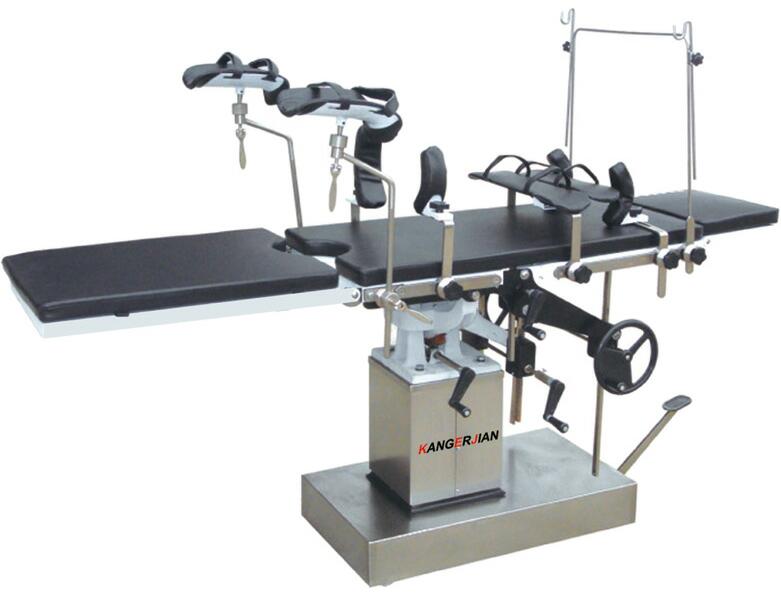
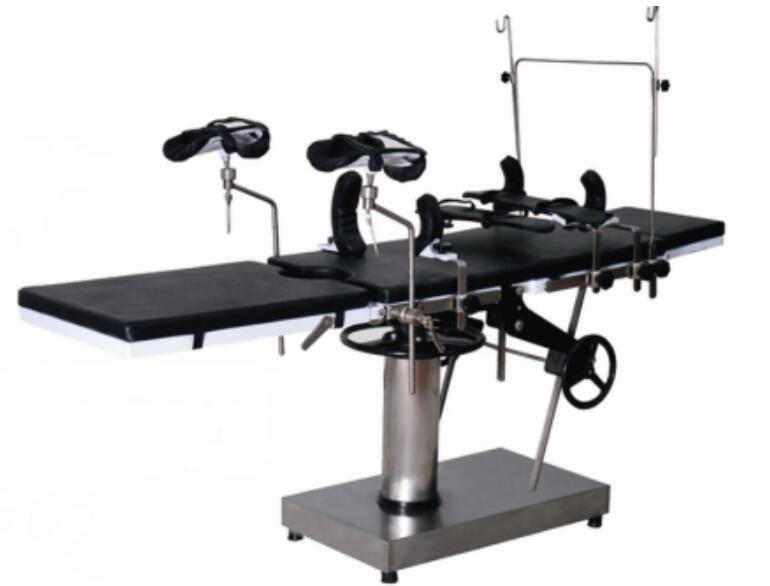
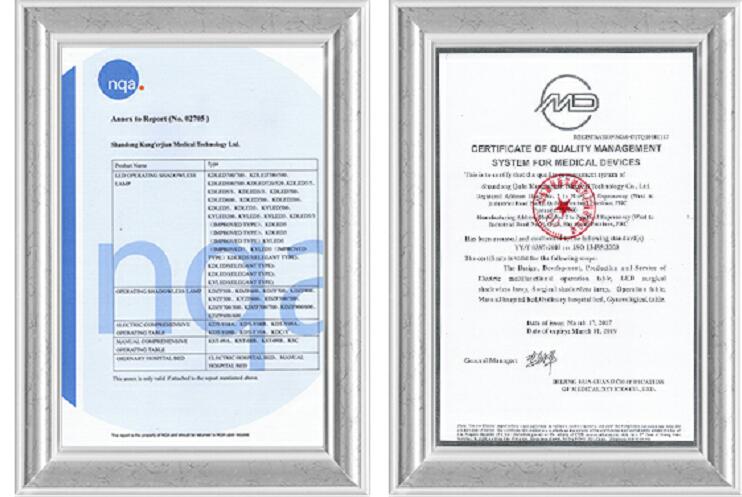
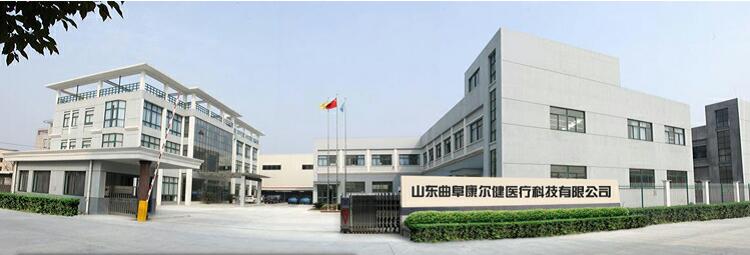
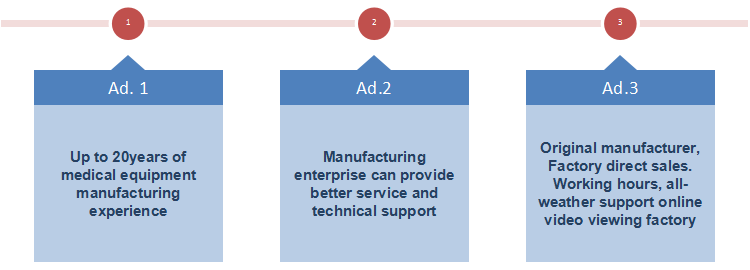
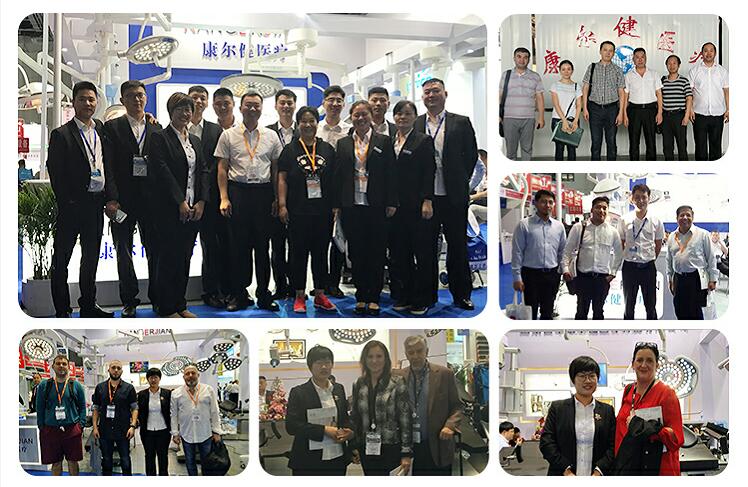


Promoting Communication to Promote the Development of Traditional Chinese Medicine in Japan
Business Club November 24th